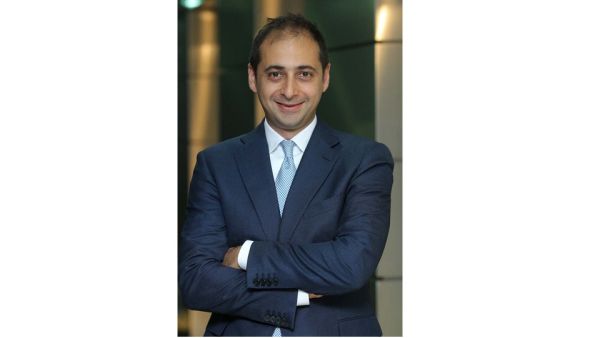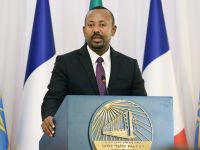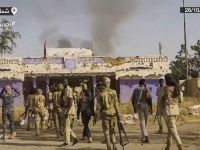Putting Local Economies, Citizens, And Innovation First

Before the COVID-19 pandemic, GCC countries had initiated significant reforms that allowed them to respond to the pandemic in a more resilient, dynamic, and digital manner. Despite their preparedness, the pandemic has accelerated and amplified the GCC’s social, economic and urbanization challenges.
According to the Strategy& report – entitled Reinventing the Gulf region – governments still have an opportunity to revert back to their aspirational visions and goals and accelerate regional transformation.
This transformation will require an understanding of five growing tensions and their underlying trends. The tensions —economic and social asymmetry, technological disruption, the impact of aging populations, the polarization of the global order, and the changing nature of institutional trust—are wide-ranging and interconnected.
COVID-19 has exposed and highlighted the region’s socio-economic asymmetries. The dual shock of the pandemic coupled with low oil prices meant a likely regional real GDP drop of 5.7%. Small and medium-sized enterprises are struggling to compete in the absence of capital or diversified offerings required. In addition, high urbanization levels, exceeding 82%, are increasing the pressure on infrastructure and resources.
The pandemic has also reinforced the region’s need for emerging technologies such as artificial intelligence, blockchain, robotics, 3D printing, genetic engineering, and energy innovation. It also highlighted the obstacles to speedy adoption, including limited access to the talent and financing necessary for digital transformation.
Demographic pressures are intensifying. Over the past 40 years, the GCC’s population has grown by a factor of 4.4 (compared to a global average of 1.7). Demographic compositions are changing: countries with younger populations are facing higher unemployment rates, while countries with older populations are facing increasing and unsustainable pension spending.
Furthermore, there is greater international polarization, and an accelerated trend towards slowbalization and localization. The region’s trade is shifting to the east: China has become the GCC’s top trading partner, accounting for 15% of imports.
Throughout this pandemic, GCC governments worked hard to earn the trust of their citizens. In the years ahead, institutional trust will continue to be tested through societal trends, technological disruption, the increasing threat of climate change, and unforeseen hazards.
To manage these five tensions successfully, GCC governments need to envision and pursue an aspirational future and bring it to life in a holistic and integrated way. Such a vision needs a handful of priorities: economic growth models that put local economies first, holistic people-centric approaches to well-being that put citizens first, and institutions that put innovation first.
Dr. Yayha Anouti, partner with Strategy& Middle East emphasized the need for governments to create a sustainable economic growth through diversification agendas that boost the region’s competitiveness, productivity, and market and product sophistication. “To do this, they can capitalize on their existing competitive advantages (e.g. abundant renewables), invest in research and development, and build domestic chains in critical sectors such as agritech and pharmaceuticals”, he said.
“Citizens should be at the center of these policies and services. Governments can redesign existing social contracts to create more sustainable and, inclusive, and safety nets for their citizens, and enhance their quality of life. They can focus on raising the productivity of their people and building labor markets that provide flexible, secure, and attractive private-sector opportunities.” said Dima Sayess, partner with Strategy& Middle East and the leader of the firm’s Ideation Center.
Governments can also continue to innovate by leveraging digital technologies to provide personalized services, nurture citizen engagement in co-designing their policies and services, strengthen their fiscal resilience, and adopt integrated sustainability agendas.
“While the challenges and opportunities ahead have not fundamentally changed, their urgency has increased, said Dr. Raed Kombargi, Partner with Strategy& Middle East and the leader of the firm’s Energy, chemicals, and utilities practice in the Middle East. “Now is the time to foster a more comprehensive understanding of the region’s tensions and their underlying trends, and to craft and pursue cohesive policies and reforms to resolve them. The region’s future depends on the steps it takes today,” he concluded.
Background Information
Strategy&
We measure our success by your success
The global market is defined by its complexity and fluidity. To shape your future you need to make bold moves, but, of course, that takes time. And money. And people.
That’s where we come in. Strategy& takes a bold andpragmatic approach to strategy. We help you see not only where you need to go, but also the choices you’ll need to make to get there, so you can forge a clear path from today’s potential to tomorrow’s promise.






